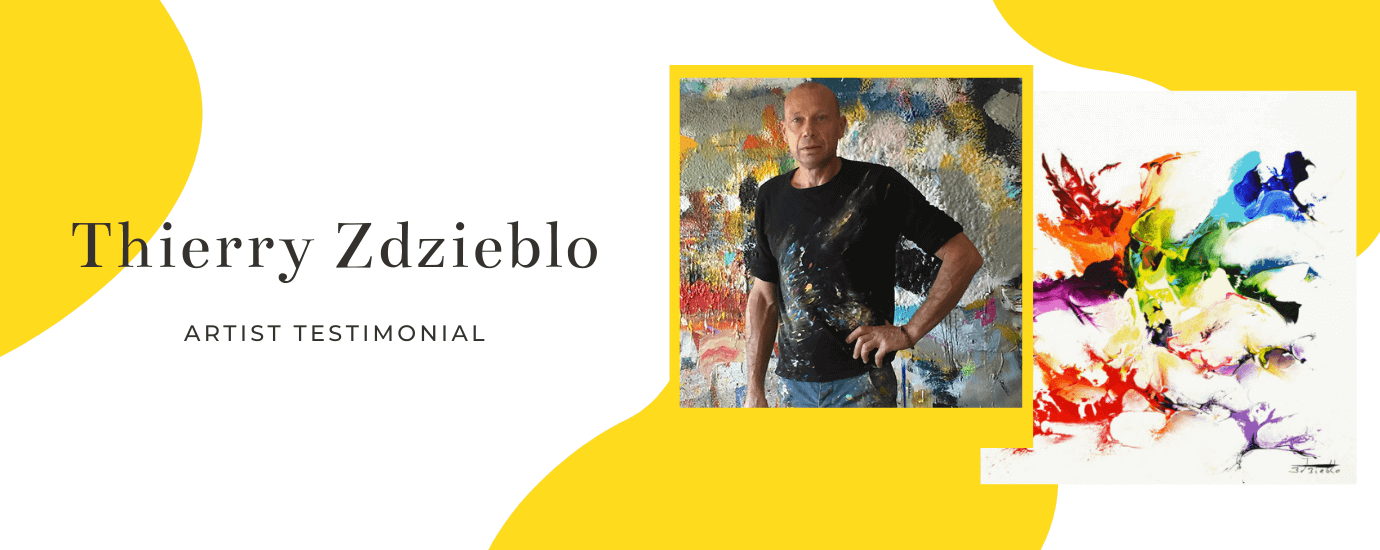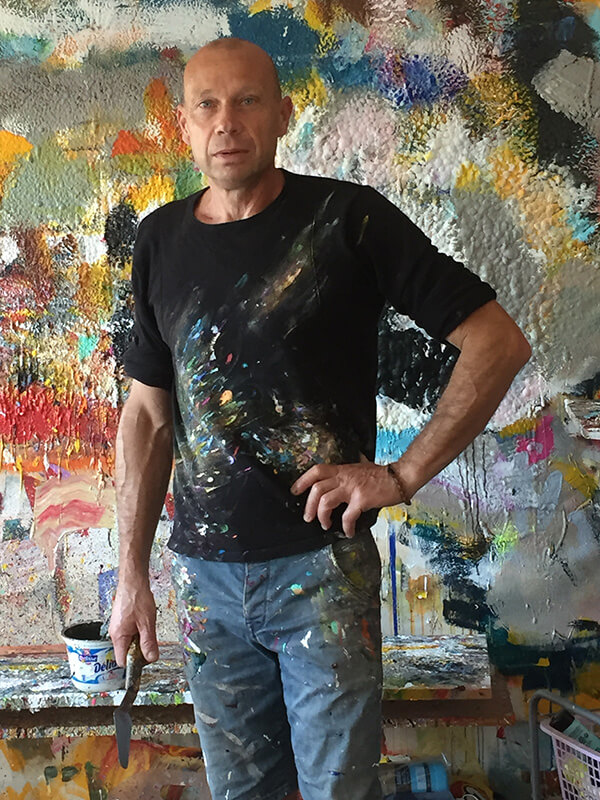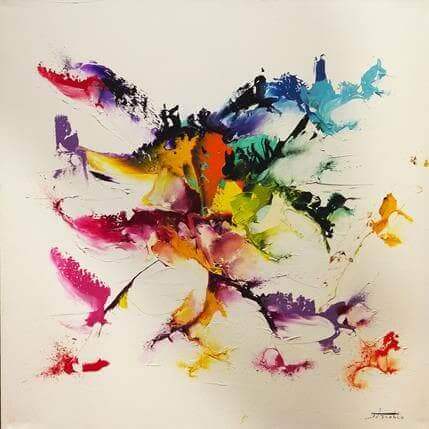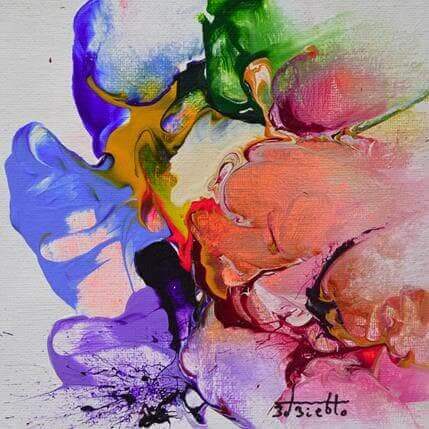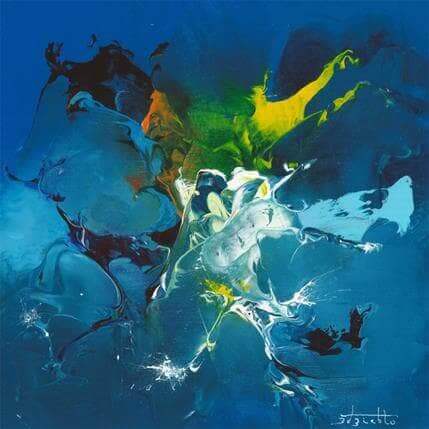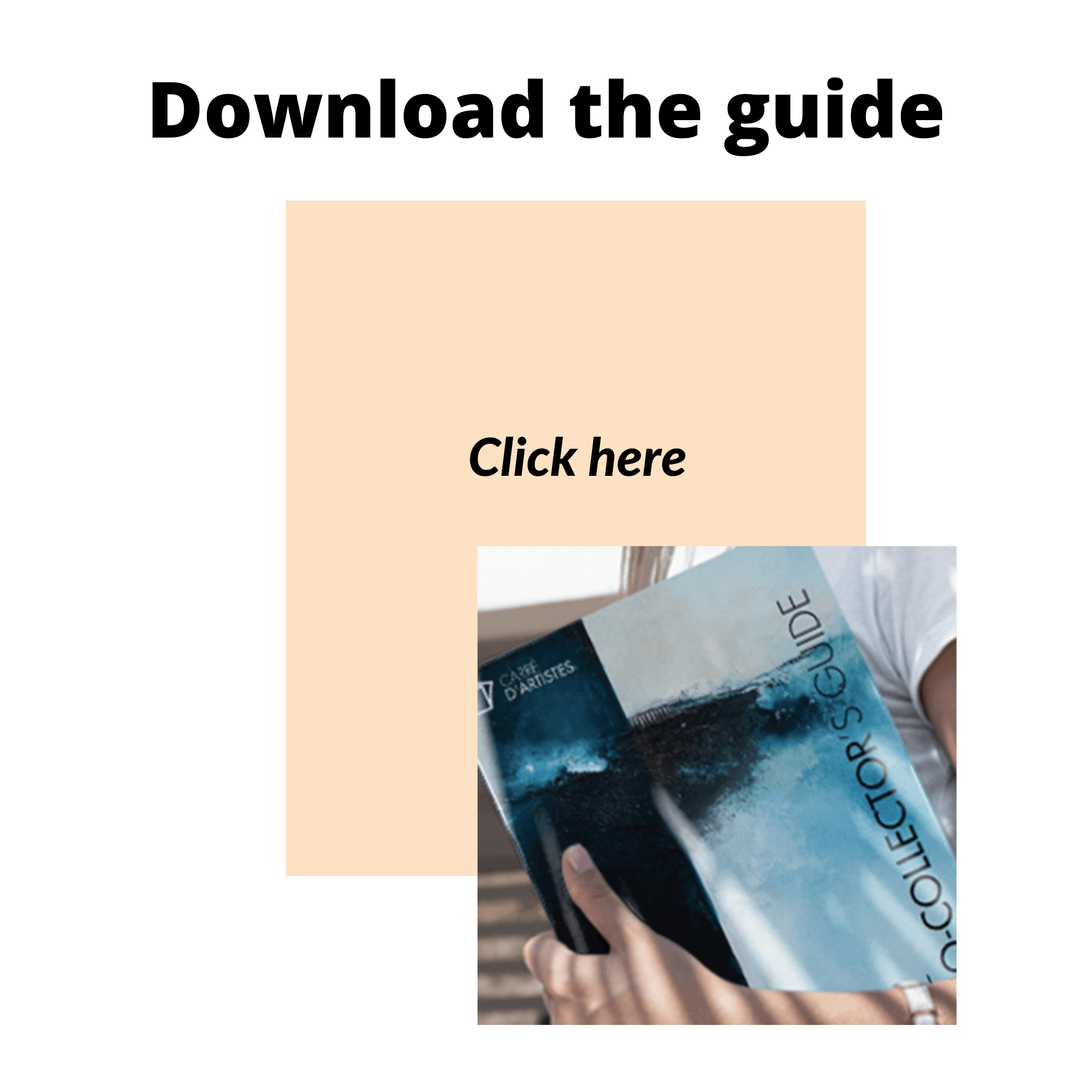WHAT DID CARRÉ D’ARTISTES CHANGE FOR YOU, REGARDING YOUR CAREER AS AN ARTIST?
Before working with Carré d’artistes, I already had good visibility as I was exhibited in numerous French traditional galleries.
In fact, I even had the chance to exhibit my work alongside Dali's in the 1st gallery which was authorized to exhibit his work.
Foreign collectors already owned my works, but since 2010, when we started collaborating, I was able to exhibit outside of France.
After the economic crisis, most of the traditional galleries disappeared.
I had the chance to discover Carré d’artistes which represent, to me, the galleries of the future.
Summary
- How is your partnership with Carre d'artistes on a daily basis ?
- Describe your experience with Carré d'artistes
- Portrait of Thierry Zdzieblo
- Artworks by Thierry Zdzieblo
- Our curator's favorites
HOW IS YOUR PARTNERSHIP WITH CARRE D’ARTISTES ON A DAILY BASIS?
We have a good daily relationship.
Gallery managers and I understand each other’s way of working. Therefore, they meet my needs.
DESCRIBE YOUR EXPERIENCE WITH CARRÉ D’ARTISTES
According to me, what is important to succeed is producing quality work (I give a lot of myself and the best I can) and a good visibility thanks to exhibitions in galleries.
Finally, reinventing ourselves quickly, especially thanks to others’ requests, such as gallery managers, is also required.
The event that marked me the most since working with Carré d’artistes is the following.
Last year, Lille gallery showed clients one of my large format artwork in the street in the sunlight.
The latter needed to think about buying it.
Right after, a Belgian couple walking by the street saw this demonstration and asked if the artwork was still available, as they were looking for one for five year for their bedroom.
They own the artwork now.
Portrait of Thierry Zdzieblo
As a sports fan, Thierry began a high-level career, specializing in the ultra marathon (long distance running).
In 1995, with a thirst for challenge and adventure, he made a solo crossing of a part of Western Sahara (Morocco and Algeria).
This event would make a lasting impression on him, as the test soon became an introspective and artistic quest.
Back in France, he started creating through wood carving, but quickly changed to create figurative paintings.
His entourage encouraged him to find his voice through abstraction.


